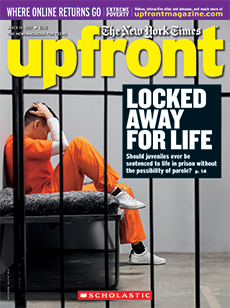The giant purple mushroom cloud boiled 45,000 feet high over the Japanese city of Hiroshima. The death and destruction left in its wake were unlike anything the world had ever seen: 90 percent of the city wiped out in the blink of an eye.
The U.S. dropped the world’s first nuclear bomb on Hiroshima on August 6, 1945, and then, three days later, a second bomb on Nagasaki. Those bombings 75 years ago forced Japan to surrender, bringing an end to World War II (1939-45).
But the cost was massive. The combined death toll was estimated to be between 129,000 and 226,000 Japanese citizens—mostly civilians. The bombings also changed warfare and national security forever. They ushered in the atomic age, which has made the world a more complex and dangerous place, as nuclear weapons have spread around the globe.
From schoolchildren crouching under their desks in radioactive fallout drills during the Cold War to nuclear threats from North Korea today, the world hasn’t been the same since.
Here are six important things to know about the atomic bombings that changed history.
The giant purple mushroom cloud shot up 45,000 feet high over the Japanese city of Hiroshima. The death and destruction left in its wake were unlike anything the world had ever seen. The blast had wiped out 90 percent of the city in the blink of an eye.
The U.S. dropped the world’s first nuclear bomb on Hiroshima on August 6, 1945. Three days later, American forces dropped a second bomb on Nagasaki. Those bombings 75 years ago forced Japan to surrender, bringing an end to World War II (1939-45).
But the cost was massive. The combined death toll was estimated to be between 129,000 and 226,000 Japanese citizens. Most of them were civilians. The bombings also changed warfare and national security forever. They ushered in the atomic age, leading to nuclear weapons being spread around the globe. It’s made the world a more complex and dangerous place.
The world hasn’t been the same since. During the Cold War, schoolchildren crouched under their desks in radioactive fallout drills. Even today, North Korea continues to make nuclear threats.
Here are six important things to know about the atomic bombings that changed history.
